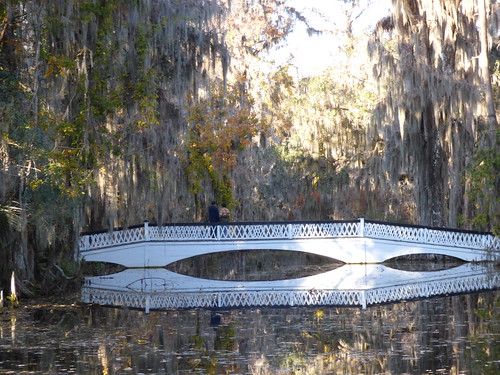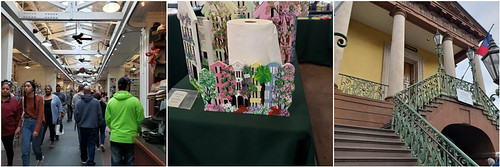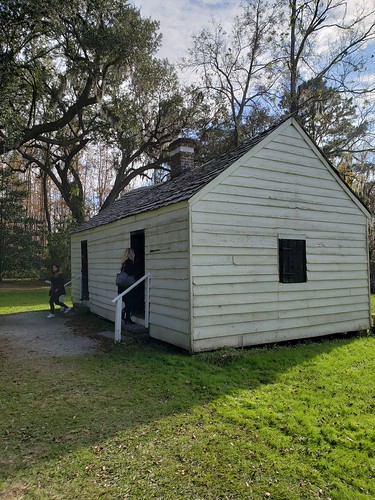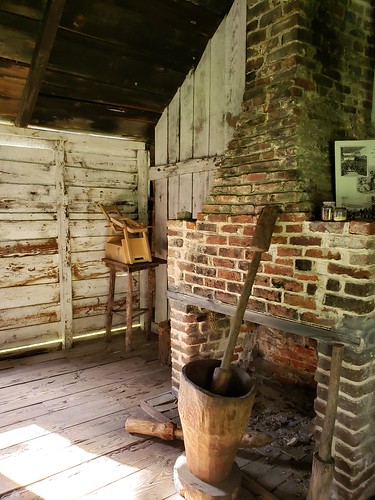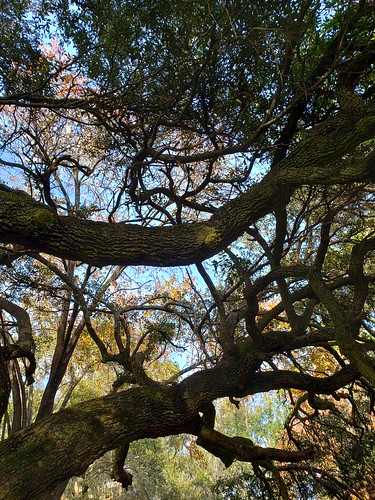“America’s most intact colonial city, sultry, and gracious Charleston seduces visitors with its languid mystery and European charm, its historic architecture and friendly residents, and lately its exciting arts and restaurant scene – heralds of the city’s new golden age.”
“Founded in 1670, Charleston took less than a century to become one of the richest cities in colonial America. The British laid much of it to waste during the Revolution, and just one century later the city became the symbol of Southern resistance [more accurately: treason] when the first shots of the Civil War were fired at Union-occupied Fort Sumter, which guards Charleston Harbor. Take a crash course in the city’s heritage with a visit to the Charleston Museum, the country’s oldest (founded in 1773), located in the Heart of the Historic District.”
Can’t visit Charleston without seeing the famous pineapple fountain.
I voluntarily went to the Charleston Market. It was….exactly like I thought it would be. Crowded, hot, and shopping.
I had a plan to visit several of the area’s plantations but was only able to see one. Magnolia Plantation. Magnolia is Charleston’s most visited plantation. It was founded in 1676 by the Drayton family and opened its gardens to visitors in 1870 making it the oldest public tourist site in the Low Country and the oldest public gardens in America.
They also host a Chinese Lantern Festival during December and that was set up when I visited the day after Thanksgiving.
I did two tours The Nature Tram and From Slavery to Freedom.
From Slavery to Freedom tours five historic structures that date back to 1850. The docent was really good he spoke about the rise of rice plantations and the dehumanization of slavery. One of the preserved cabins was actually inhabited by descendants of Magnolia’s enslaved people until the 1990s.
He talked about the brutal labor that was required and how slaves were seen as an investment, not people. To illustrate this he pointed across the road and told us the slaves were initially housed there, in simple adobe homes that were flat on the ground. Now, if you’ve ever been to the coastal south, you’ll know that all the homes are built on stilts…at least a foot high. This reduces the flooding and just general damp, the mosquitoes, etc.
This means it also reduces the likelihood that you’ll get sick and die from diseases associated with all of that. Plantation owners didn’t really care if their slaves died, at least initially. They were a disposable asset, cheap to replace. But once the import of slaves were banned, owners took (and I can’t emphasize this enough) THE MOST BASIC steps to minimally improve living conditions. They also participated in atrocities such as forced childbearing, since they now had to rely on the birth rate to maintain their enslaved populations.
So, after spending an hour entrenched in the atrocities of our forefathers, I took the nature tram. Again, really good guide, and this time we got to see alligators. We also got to see first-hand some of the damage that Hurricane Dorian did as it ripped along the coast felling trees and tearing everything up.
“Founded in 1670, Charleston took less than a century to become one of the richest cities in colonial America. The British laid much of it to waste during the Revolution, and just one century later the city became the symbol of Southern resistance [more accurately: treason] when the first shots of the Civil War were fired at Union-occupied Fort Sumter, which guards Charleston Harbor. Take a crash course in the city’s heritage with a visit to the Charleston Museum, the country’s oldest (founded in 1773), located in the Heart of the Historic District.”
Can’t visit Charleston without seeing the famous pineapple fountain.
I voluntarily went to the Charleston Market. It was….exactly like I thought it would be. Crowded, hot, and shopping.
I had a plan to visit several of the area’s plantations but was only able to see one. Magnolia Plantation. Magnolia is Charleston’s most visited plantation. It was founded in 1676 by the Drayton family and opened its gardens to visitors in 1870 making it the oldest public tourist site in the Low Country and the oldest public gardens in America.
They also host a Chinese Lantern Festival during December and that was set up when I visited the day after Thanksgiving.
I did two tours The Nature Tram and From Slavery to Freedom.
From Slavery to Freedom tours five historic structures that date back to 1850. The docent was really good he spoke about the rise of rice plantations and the dehumanization of slavery. One of the preserved cabins was actually inhabited by descendants of Magnolia’s enslaved people until the 1990s.
He talked about the brutal labor that was required and how slaves were seen as an investment, not people. To illustrate this he pointed across the road and told us the slaves were initially housed there, in simple adobe homes that were flat on the ground. Now, if you’ve ever been to the coastal south, you’ll know that all the homes are built on stilts…at least a foot high. This reduces the flooding and just general damp, the mosquitoes, etc.
This means it also reduces the likelihood that you’ll get sick and die from diseases associated with all of that. Plantation owners didn’t really care if their slaves died, at least initially. They were a disposable asset, cheap to replace. But once the import of slaves were banned, owners took (and I can’t emphasize this enough) THE MOST BASIC steps to minimally improve living conditions. They also participated in atrocities such as forced childbearing, since they now had to rely on the birth rate to maintain their enslaved populations.
So, after spending an hour entrenched in the atrocities of our forefathers, I took the nature tram. Again, really good guide, and this time we got to see alligators. We also got to see first-hand some of the damage that Hurricane Dorian did as it ripped along the coast felling trees and tearing everything up.
